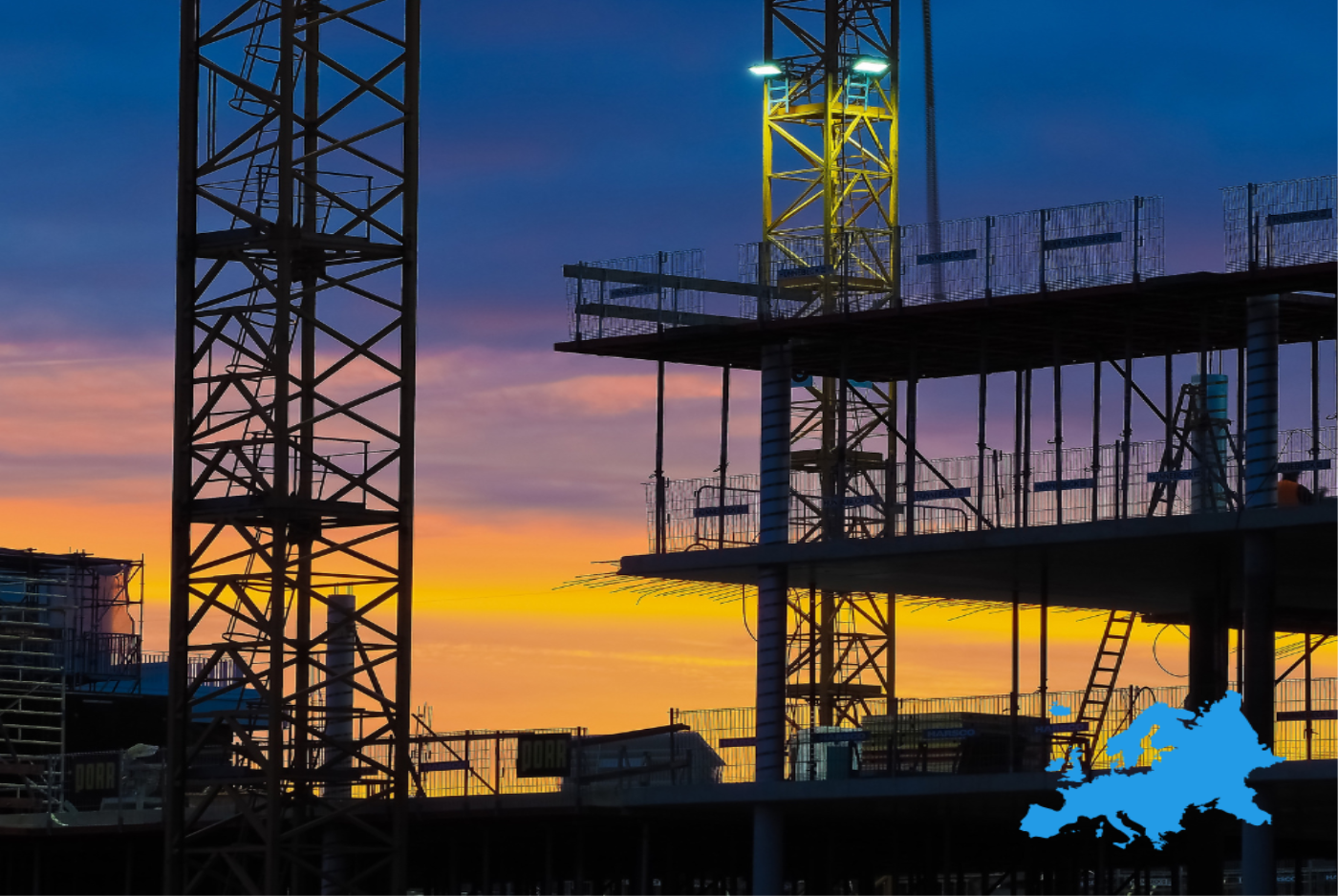Here are the key points:
Between 2005 and mid-2008, construction costs increased steadily in the EU.
The construction cost index peaked in the third quarter of 2008 and then started to fall. However, the decline was not particularly significant.
In 2010, the index began to increase again and soon regained the pre-crisis level.
From 2012 to 2016, the construction cost index stagnated, but after that, it started to increase continuously.
The Covid-19 crisis did not strongly affect the construction cost and prices indices in the first and second quarters of 2020.
In 2021, there was a dynamic growth in construction costs, primarily driven by the costs of input materials.
Between the first quarter of 2021 and the second quarter of 2022, construction costs increased by more than 16.5%, and output prices for construction increased by 14.0%.
The material cost component, which accounts for around two-thirds of the total costs, had the most significant influence on the construction cost index.
The labour cost component continued to grow, albeit at a slower pace during the crisis.
Different countries experienced variations in the timing and size of the decrease in the construction cost index during the financial and economic crisis.
Construction costs annually increased by around 1.5% from 2011 to 2016, and the growth accelerated to around 2.3% per year in the last three years.
The impact of the Covid-19 pandemic on construction costs in 2020 was not substantial, with possible stagnation or decline in costs during the first quarters compensated by the second half of the year.
In 2021, prices increased significantly in several countries, with double-digit growth rates observed in Hungary, Malta, Bulgaria, Slovenia, and Austria.
